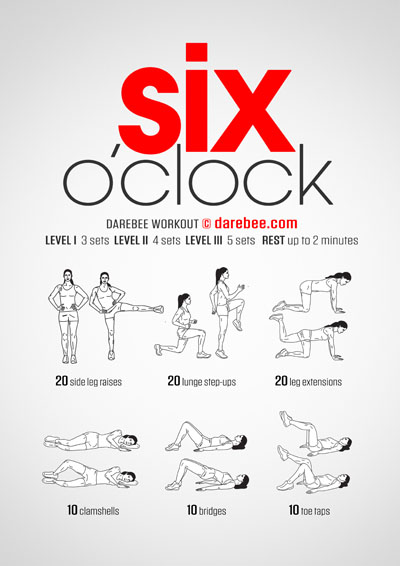Elevate Your Lower Body with Intense Glute Training

Unlocking the Power of Glute Workouts
In the realm of fitness, few body parts receive as much attention as the glutes. And for good reason – strong, well-defined glutes not only enhance physical appearance but also play a crucial role in overall strength, stability, and performance. If you’re looking to sculpt and tone your backside, incorporating targeted glute workouts into your routine is essential. Let’s delve into the world of glute training and discover the key to unlocking their full potential.
Understanding the Importance of Glute Training
Before diving into specific exercises, it’s important to understand why glute training is so crucial. The glutes, comprised of three main muscles – the gluteus maximus, gluteus medius, and gluteus minimus – are responsible for a wide range of movements, including hip extension, abduction, and rotation. Strong glutes not only improve athletic performance in activities like running, jumping, and squatting but also help prevent injuries by stabilizing the pelvis and supporting the lower back. In essence, neglecting your glutes means missing out on a key component of overall strength and functionality.
Targeting the Glute Muscles: Key Exercises
Now that we understand the importance of glute training, let’s explore some of the most effective exercises for targeting these muscles. Squats, lunges, deadlifts, and hip thrusts are all excellent choices for building glute strength and size. Additionally, isolation exercises such as glute bridges, donkey kicks, and clamshells can help activate and strengthen the glutes from various angles. Incorporating a combination of compound and isolation movements into your routine ensures comprehensive development and optimal results.
The Importance of Proper Form
While performing glute exercises, it’s crucial to prioritize proper form and technique. Focusing on quality over quantity not only maximizes muscle engagement but also reduces the risk of injury. When squatting or lunging, ensure your knees
